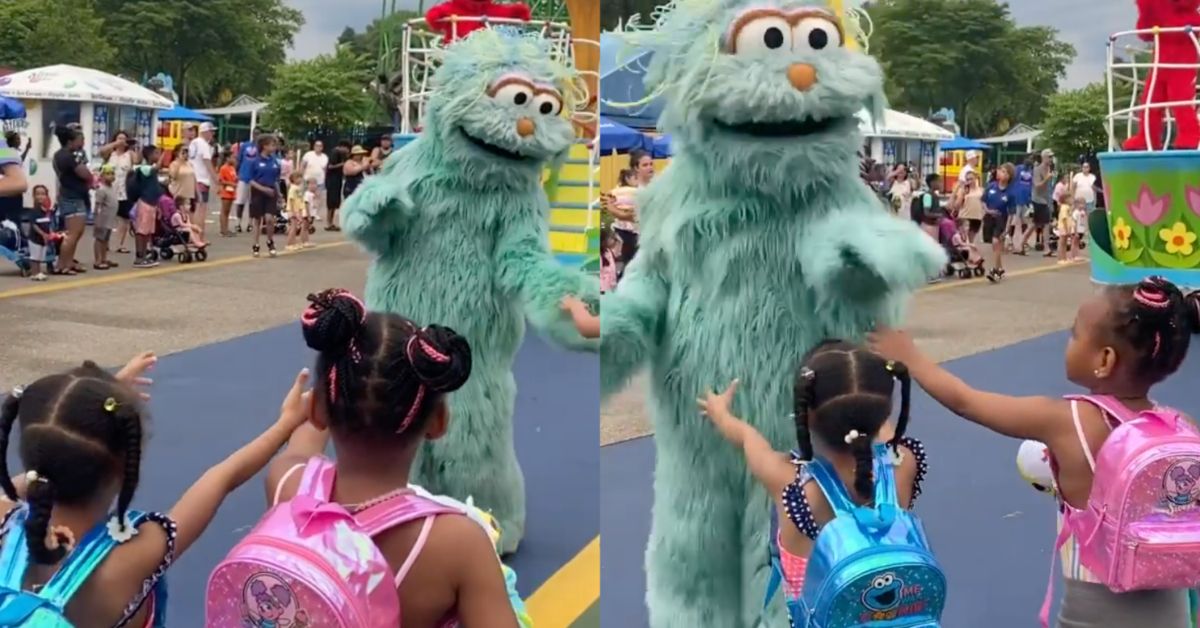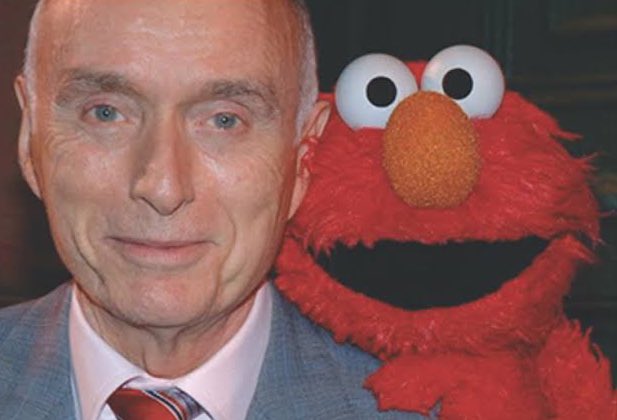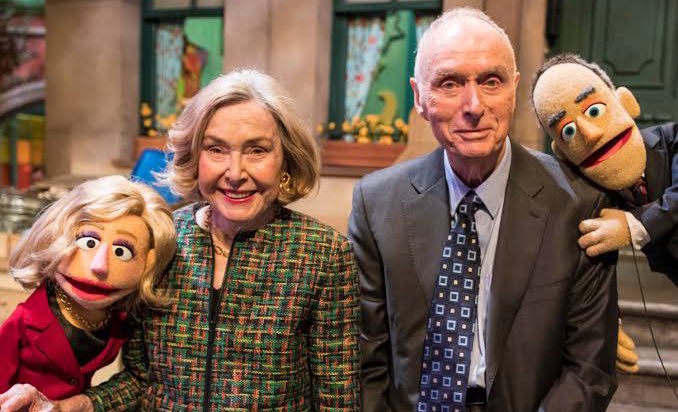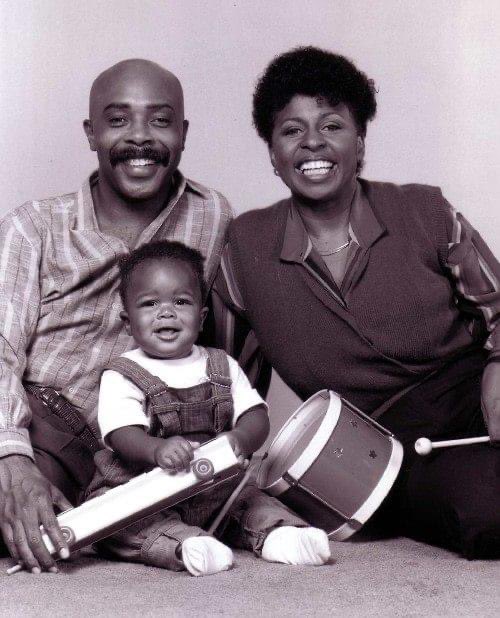 Are you aware that Sesame Street was originally designed for black and brown inner city kids? Here’s all you need to know About Seasame Street.
Are you aware that Sesame Street was originally designed for black and brown inner city kids? Here’s all you need to know About Seasame Street.
Sesame’s Place is the country’s only theme park based totally on Sesame Street, and it is the world’s first theme park to be set as a Certified Autism Center. The entire framework for the Sesame Street label was rooted in dismantling minority residents. Frankly, the show was first initiated for Black and Brown inner-city children.

Lloyd Morrisett, regarded as the father of Sesame Street and vice-president of the Carnegie Corporation with a PhD in experimental psychology from Yale University, developed a special interest in children’s education.
According to research, the inner city children were lagging behind by months to middle-class children in kindergarten & the gap grew wider through later grades.

Lloyd Morrisett partnered with Joan Ganz Cooney, an activist and producer at the time. They thought it was possible to teach young children through television. Joan did a feasibility study titled ‘The Potential Uses of Television in Preschool Education.’
Joan later went out to a writer & TV producer called Jon Stone, a Yale University graduate experienced in children’s television. He conveyed her love for social activism and decided to do the show because of its precise focus on enlightening black and brown kids.
When Sesame Street first aired in 1969. it was a Black show. There was funk and soul music, a Black cast and lots of “jive talk.” sadly, the diverse integrated qualities of the show didn’t get to Southern stations. They even terminated Sesame Street from its airwaves altogether as a result of increasing complaints from parents.

Actor Matthew Robinson was in the original cast.
He used a combination of proper English and street slang so that Black children could connect to him and he could build a more naturalistic bond between him and the intended viewer at that time. However, some of Robinson’s political sentiments created a clash within the writers’ team.
Robinson ditched Sesame Street in 1972 to chase his love for writing, although he continued to do segments as Roosevelt Franklin until 1974.
